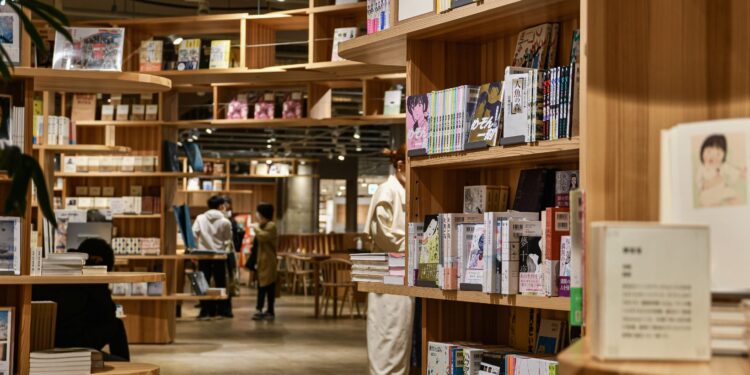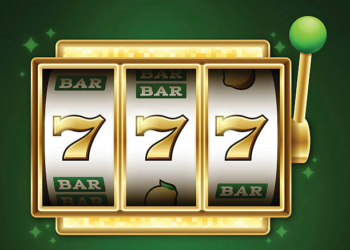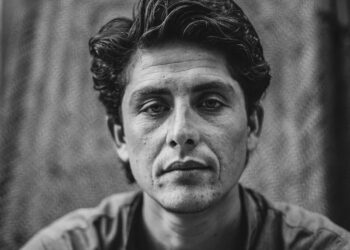Demon Slayer is an action-packed hit Japanese manga series created by Koyoharu Gotouge, which has gained immense popularity among Manga fans. Given its intense emotional scenes and thrilling battles, Demon Slayer is truly an amazing series, especially for anime beginners.
What Is The Full Title Of Demon Slayer?
Demon Slayer’s full title is Demon Slayer: Kimetsu No Yaiba. Outside Japan, the series is known as Demon Slayer, whereas inside Japan, it is known by Kimetsu No Yaiba, which loosely translates to Blade of Demon. Kimetsu No Yaiba is more than just a title, as its meaning holds many contexts.
The first two characters, Ki and Metsu, in “Kimetsu” are not a word in the Japanese dictionary. Instead, they have been created by the series creator Koyoharu Gotouge.
The first character, “Ki” means demon. When used alone, it is pronounced as Oni, which is a name given to humans that have been mutated and turned into monsters by being infected with viruses. The second character “Metsu” means destroy.
Hence Kimetsu means to destroy and eradicate the demons. No is simply a character used to connect the nouns Kimetsu and Yaiba. The last word Yaiba refers to a blade portion of a sword. Hence Kimetsu No Yaiba means destroying the demons with a blade.
Plot Of Demon Slayer

The Manga and the anime series depict many action-packed battles with demons and monsters of all kinds. The story revolves around Tanjiro Kamado, who earns money by selling charcoal. One day Tanjiro returns home to find a demon destroying his entire village and turning his sister Nezuko into a demon. He is then recruited by Demon Slayer Corps to find and kill the demon and revert his sister into a normal human.
Connection Of Demon Slayer With Japanese History
Demon Slayer: Kimetsu No Yaiba uses a lot of references that link with Japanese history, especially the demons. Some of the historical references used in Demon Slayer are:
Demon Slayer is set in Taisho Period
The entire plot of the Demon Slayer is set in the Taisho period that immediately came after the Edo period. Edo period was marked by Samurai fighting with Katana. During the Taisho period, there was a stark contrast between different Japanese societies.
Urokodaki’s Mask References Japanese Mythology
The mask that Urokodaki wears is based on Tengu, a being that is known to ward off evil spirits. Urokodaki makes a new mask for each of his disciples.
The Clothing References Japanese History
The attire of many Demon Slayer characters references Japanese history. For example, the ankle warmers that the characters wear are known as Kyahan, which were worn by the samurai. The sock that the characters wore were known as Tabi, which was the footwear of that Era. The sandals are known as Zori.

Uniform of the Demon Hunters
The uniforms that the demon hunters wear are based on the military garb of that time.
Big Difference between the Village and the City
Since Demon Slayer is set in Taisho Period, a huge gap exists between the countryside and the city.
When Tanjiro goes to Tokyo, he is astounded by the bright lights and modernism of the city. He also confuses the Japanese train for some monster. The city police also find him and his crew suspicious as they hold a Demon Slayer Katana and wear different clothes.
Flowers in The Demon Slayer
The Wisteria flowers are hugely seen throughout the Demon Slayer. They are known to kill demons and are Immortal beings that take over the area in which they are planted. Another type of flower seen in the series is the Blue Spider Lily which is known as the flower of death in Japanese history as they are often mistaken for flowers planted near graves.
Omnoyodo References
The talismans seen in the Demon Slayer are known as Omnoyodo, and the practitioner of this magic is known as Omnoyoji. The Omnoyodo is used to fight the demons, and Ushiro uses it in the series for his Blood Demon Art. Many ancient Japanese used to worship and fear demons, and some continue to do so today. Some of the powerful demons in Demon Slayer are:
Demon King as Nurarihyon
Nurarihyon is a powerful and elder yokai in Japanese history. He is the supreme commander of all demons, and every Demon listens to his commands. Nurarihyon has been portrayed as Muzan Kibutsuji in the Demon Slayer, who can control all the demons who drink his blood. Muzan Kibutsuji is the first human being in the anime to convert into a demon.
Nakime as Biwa-Bokuboku
Biwa-Bokuboku is a demon having a human-like body with Biwa as a head. Biwa is a small wooden lute. In Japanese folklore, if the Biwa owner abandons the Biwa, it comes to life to express sadness at night. In Demon Slayer, Nakime is the Biwa player who turns into a demon. She can control the environment by playing the Biwa.
Tongue Demon as Akaname
In Japanese folklore, Akaname is a demon who lives in contaminated areas such as bathrooms and feeds on grime at night. In the Demon Slayer, the tongue demon is depicted as Akaname, who lives in the Tsuzumi Mansion. It can slice through any surface with its long tongue.
Yahaba as Tenome
Tenome is a yokai with no eyes on its face. Instead, it has eyes on its palms and has a powerful sense of smell. Yahaba is the Tenome demon in Demon Slayer who respected Muzan and captured its prey with its sharp sense of smell.
Susamaru as Ashura
Ashura is a powerful and athletic demon in Japanese mythology. She has multiple arms and loves to destroy things. In Demon Slayer, Ashura is demonstrated by Susamaru, who works with Yahaba to destroy things.
Conclusion
The Demon Slayer: Kimetsu No Yaiba is an incredible Japanese anime and Manga that demonstrates action and adventure and heavily references Japanese mythology and history. Fans of Japanese folklore should watch this show.
















